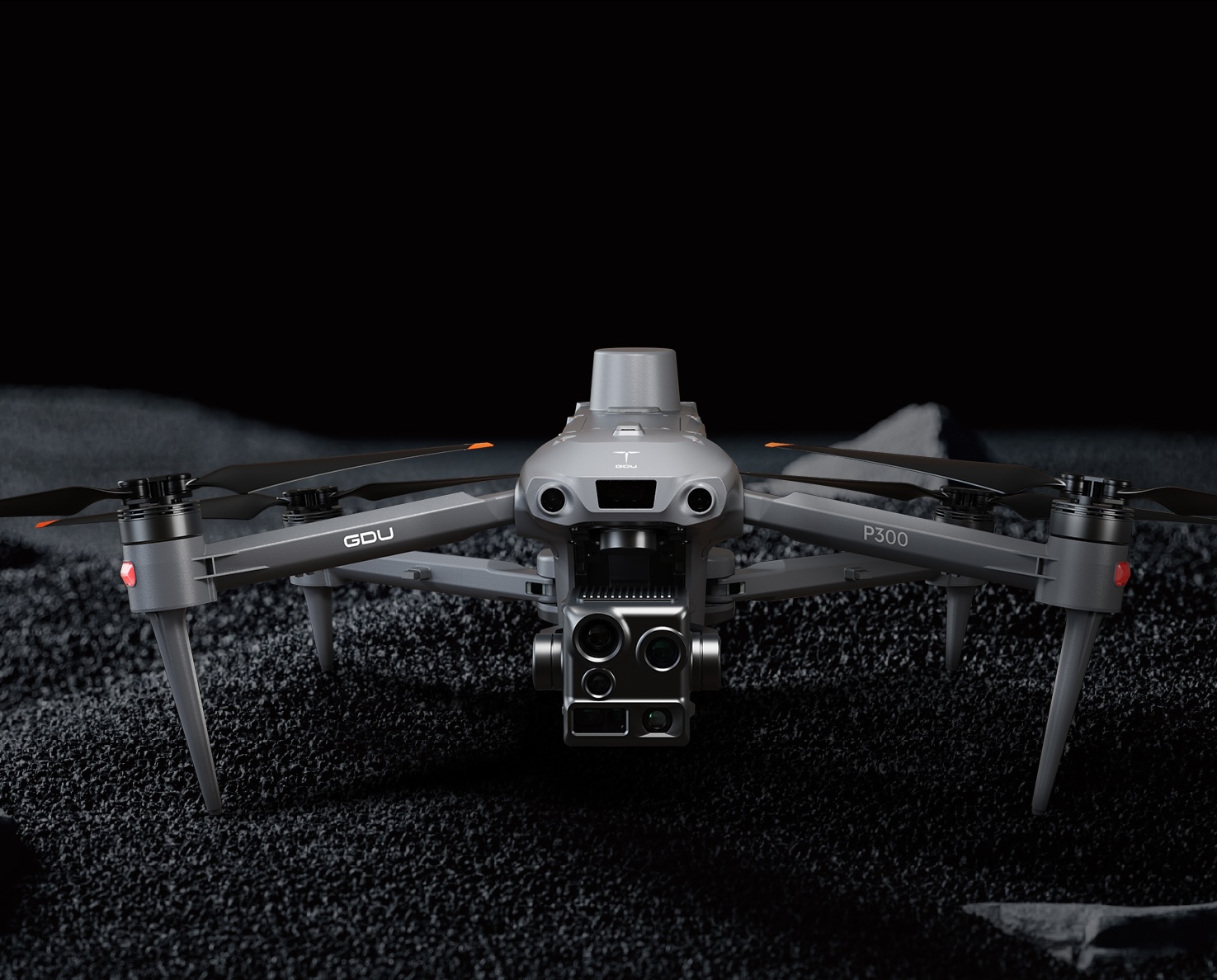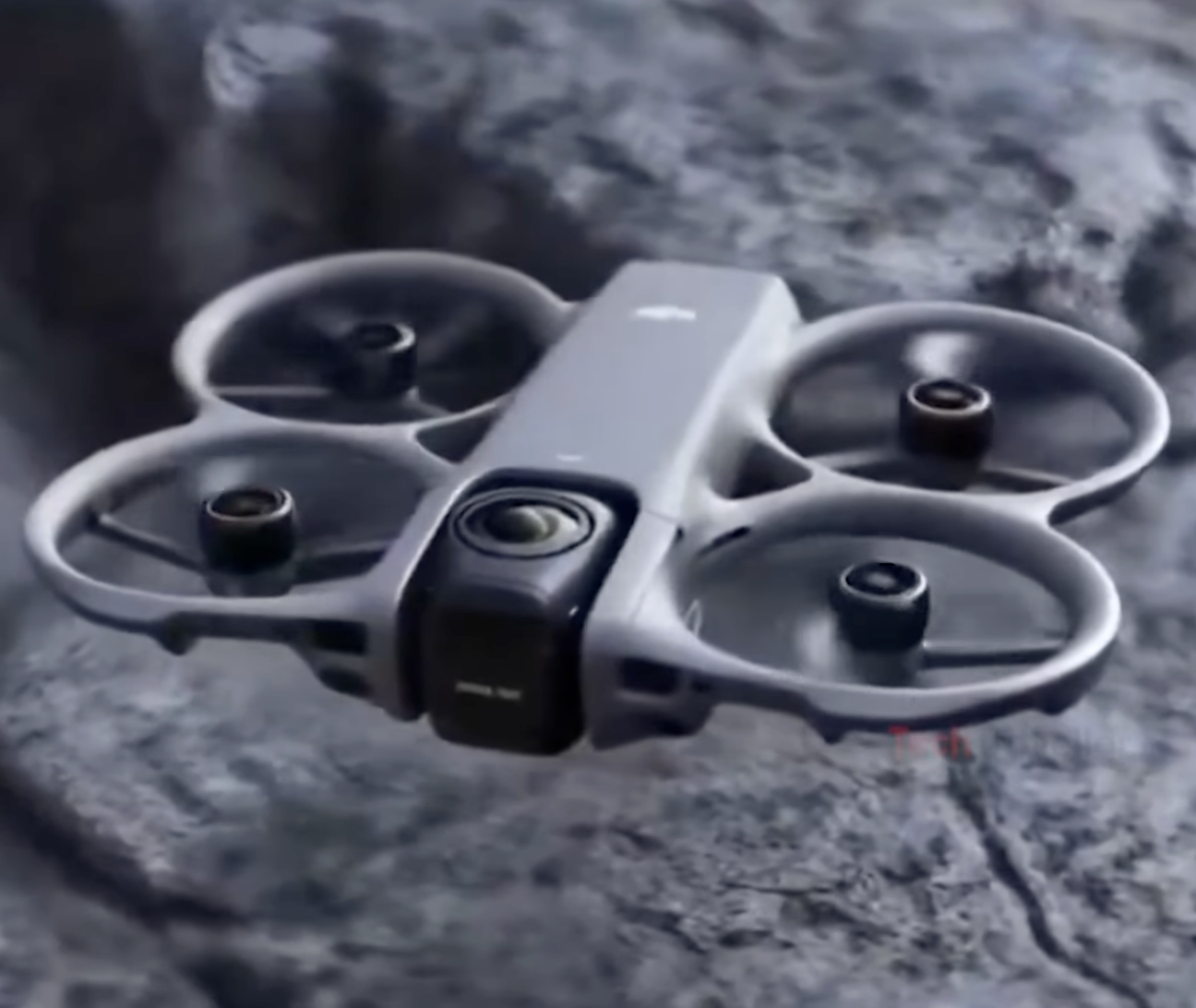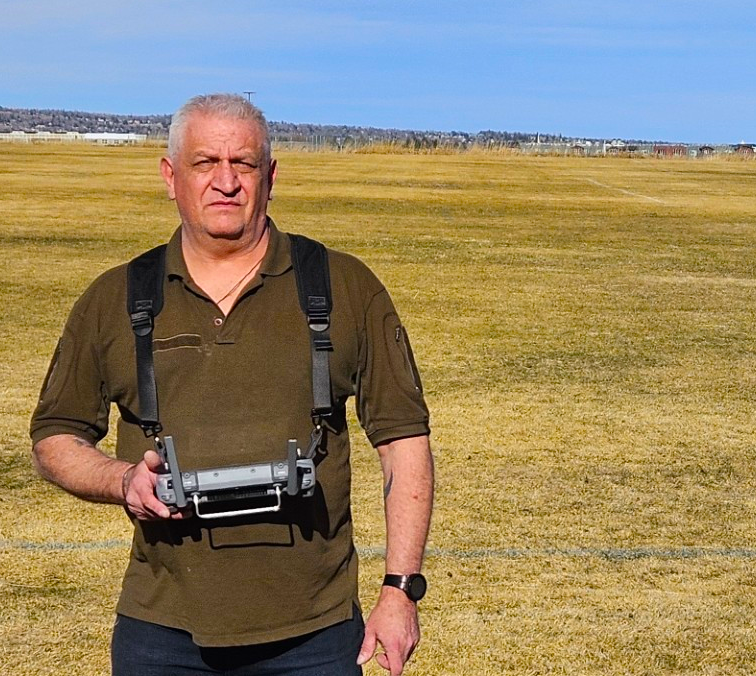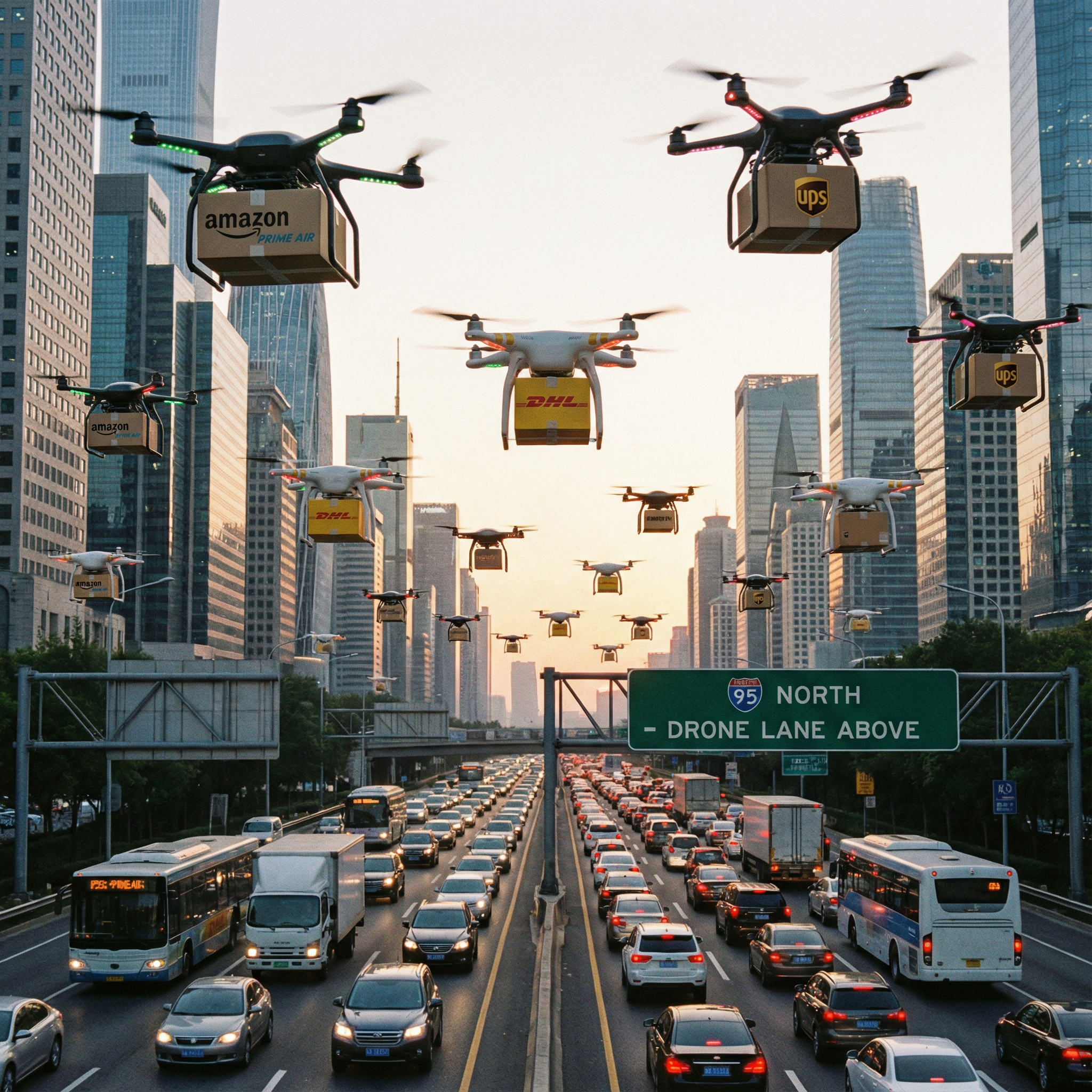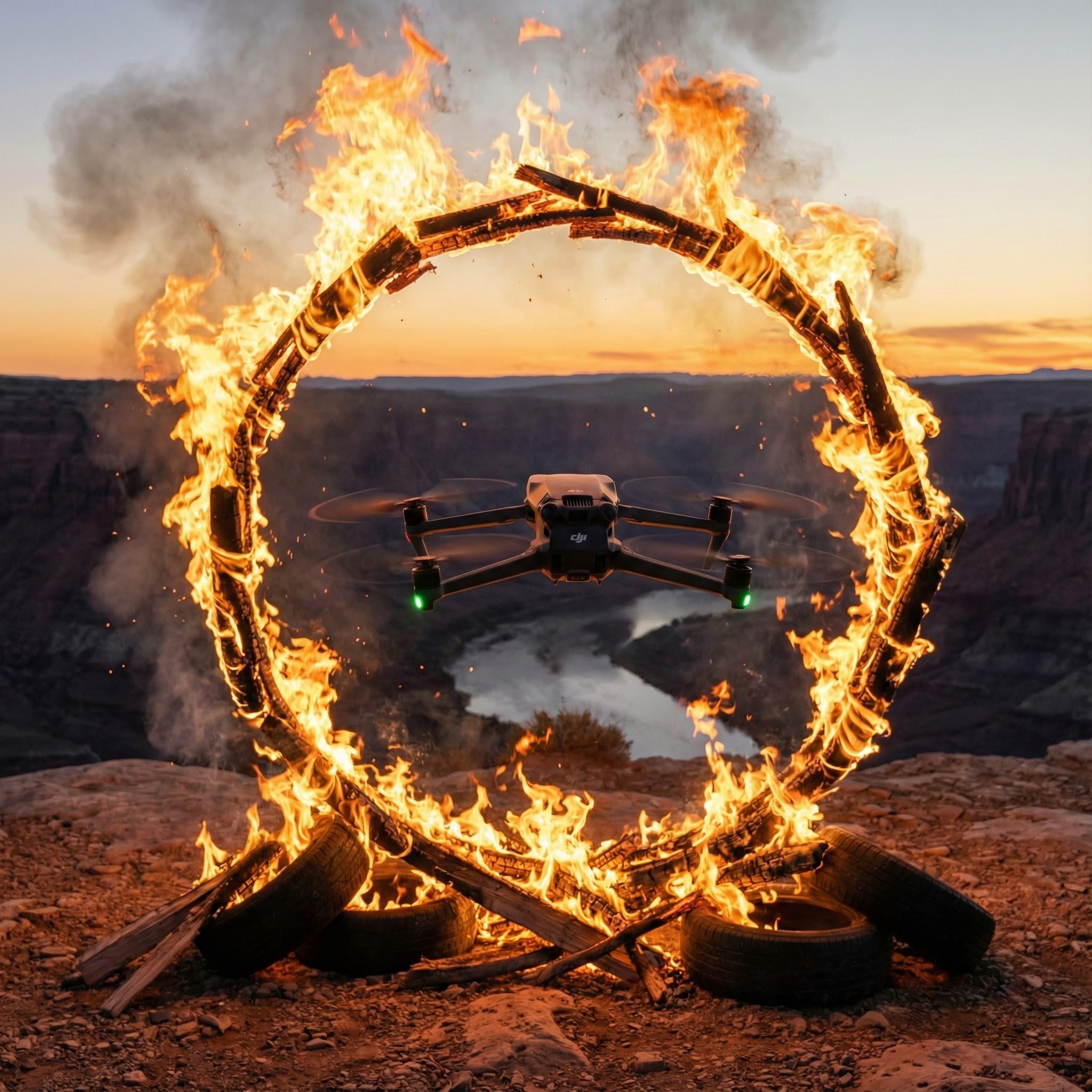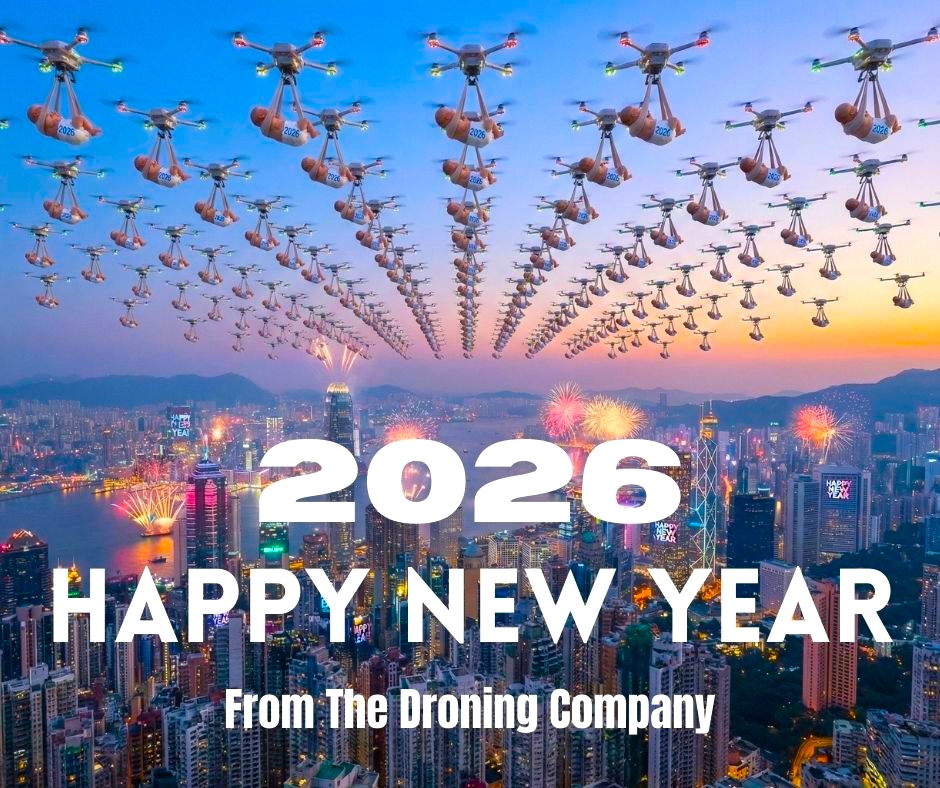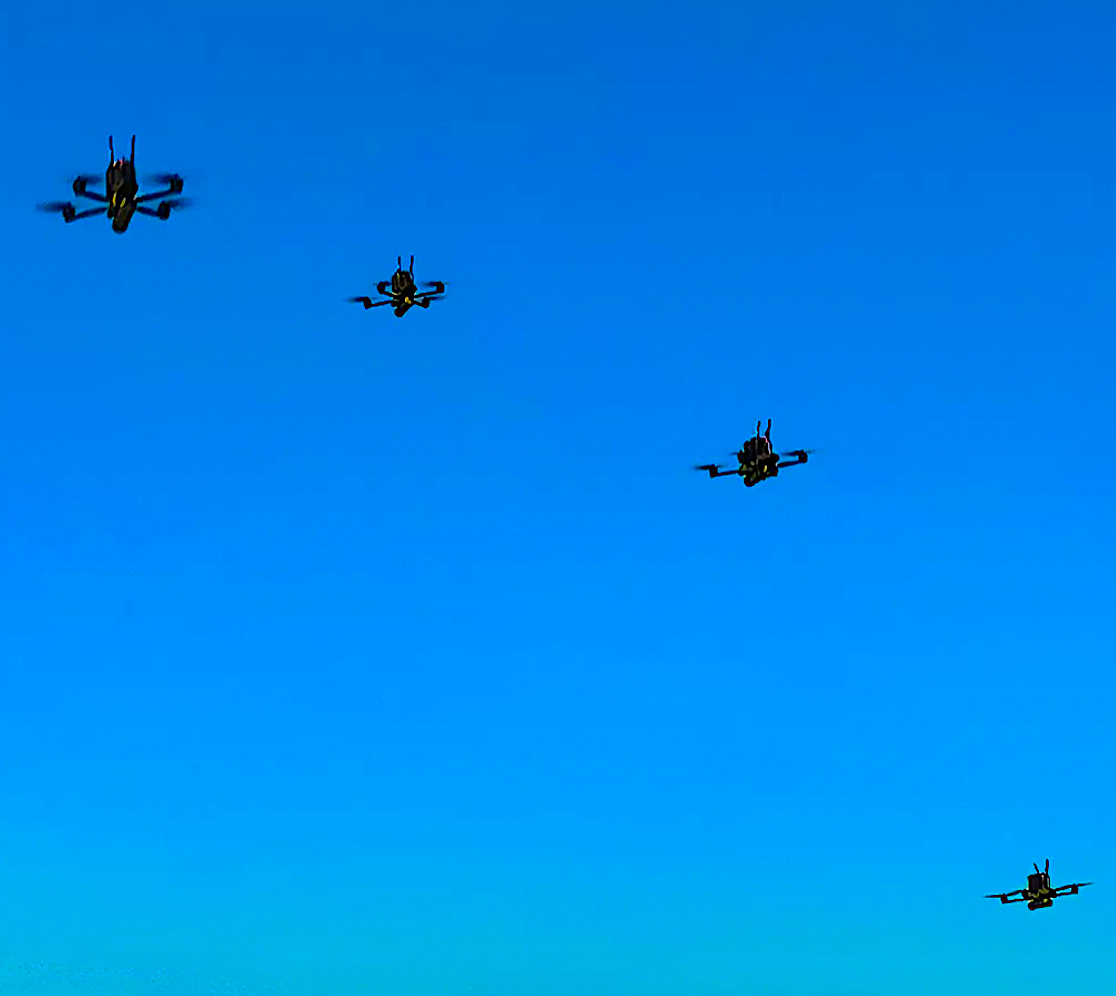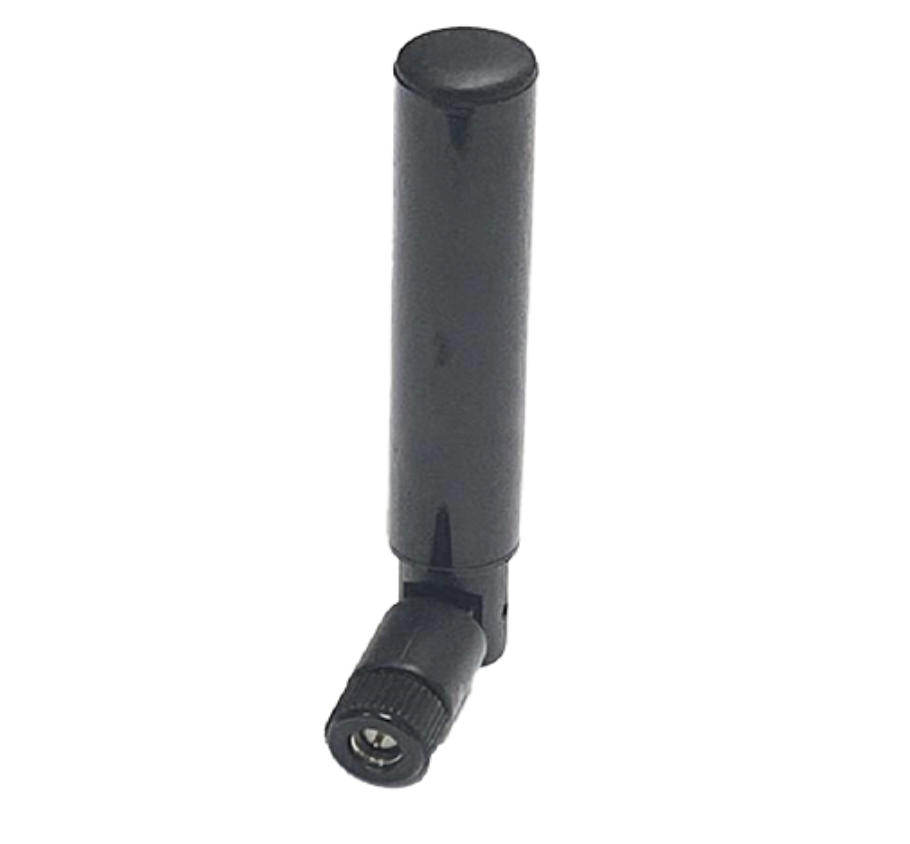Drone OperationFAA UpdatesSkills TrainingDrone EducationPass the FAA Part 107 Commercial Drone Pilot Test!

Greg Reverdiau—who offers a fantastic series of courses at his Pilot Institute site—drops knowledge on how to ace the FAA Part 107 Commercial Drone Pilot Test.
I believe you were an actual pilot before getting involved with drones. What prompted you to make this step?
I went to school to become an airline pilot and switched gears after graduation—which was soon after 9/11 in an industry that was gridlocked. Instead, I got involved in the management of the flight operation at the University I studied at. In the early 2010s, drones were starting to pop on the map and a few large universities were starting drone programs. I pitched the idea to the Dean of our college, but he wasn’t interested. When I left the university, I had more freedom to explore that avenue—especially after getting my first drone. At the time, very little information was available about drones, and I was excited to find something new that I could help people with. Flying a drone offered the same amazing view point I was accustomed to in an airplane, but with a lot less preparation and for a lot less money.
What skills from being an aircraft pilot translated well to drone piloting? Where there any surprises or challenges that you didn’t expect before you actually began flying drones?
Surprisingly, from a motor skills perspective, there is very little transfer from manned aircraft to multi-rotor drones. Most manned aircraft pilots are used to a first-person view inside the cockpit. Drones are controlled based on where the nose of the aircraft is pointing, which means that when the aircraft is facing the pilot, all the controls are reversed—something you don’t ever experience in an actual aircraft.
https://learn.pilotinstitute.com/courses/part-107-remote-pilot/lectures/10269869
In your experience, what skill set does it take to become an accomplished drone pilot?
There are two separate sets of skills needed. One is obvious—you need motor skills. You need the coordination to fly the drone safely. This can be accomplished with practice. The other one is decision-making skills. From deciding whether a flight should be started or not, to making decisions during an emergency or unusual situation. These skills are as important as motor skills.
Why is it important to become an FAA certified pilot? Is certification for everyone?
The pilot certification means you become more knowledgeable. It also means you have the ability to request waivers, apply for airspace authorizations that recreational pilots can’t apply for, fly at a higher altitude (when in the right environment), and most importantly, get paid to fly your drone.
You offer a great course on how to pass the Part 107. What are some of the typical—or unexpected—challenges that someone taking your course might face?
The most difficult aspect, as reported by our students, is to find the time to dedicate to the training—one hour a day or every few days, uninterrupted, where you can concentrate on the material. Students also struggle with the airspace section, which is a very difficult topic, and something that will be used in real life daily.
What is the success ratio of pilots who take your course and go on to pass the FAA Part 107 test?
The failure rate is almost non-existent. We have trained nearly 40,000 pilots and have recorded about a dozen failures. These failures come in two types: Students who didn’t put in the work with the course and failed, and students who simply failed even after studying. You are actually eight times more likely to get a perfect score on the exam than you are to fail it if you use our training course.
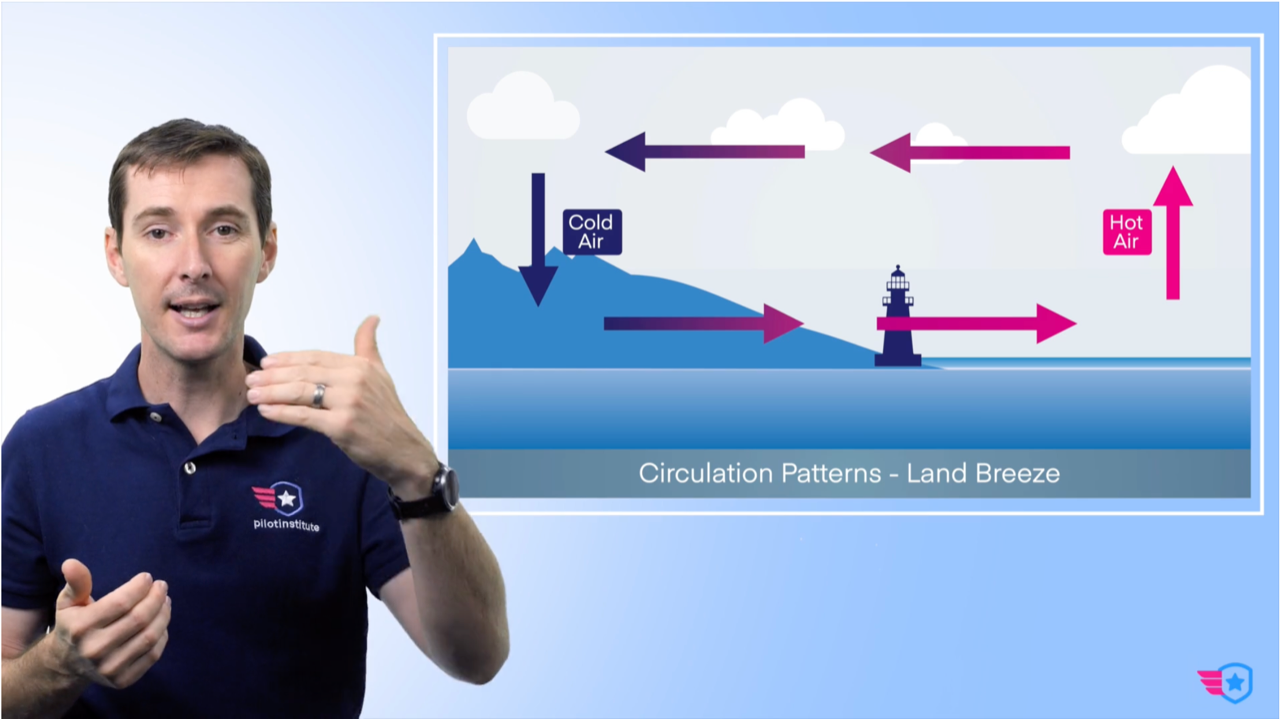
What part of the FAA test do you think pilots get stuck on?
Airspace and Charts for sure. The FAA airspace was designed for manned pilots, so it’s complex. Some may say it's unnecessarily complex for drone pilots, but they need to understand it to safely operate in it.
Do you feel the FAA covers all the bases for the droning industry? What changes would you like to see not only for the Part 107 test, but also in general?
The Part 107 exam is going to be six years old this year. The FAA added some content in early 2021 to the exam for night flying, flying over people, and Remote ID, but I believe there are still areas of day-to-day operation that should be covered—such as LAANC and waiver requests. I would like to see less emphasis put on sectional charts, and more time spent on UAS facility maps.
Given your experience, what type of drone would you recommend to a beginner who just wants to fly for fun? To a pilot looking to monetize their craft with photography and/or video?
For someone who is beginning, I would not recommend getting a very cheap drone—$150 or less. They will fly poorly, crash almost immediately, and provide a bad experience. Find a more affordable GPS drone in the $300-$400 range that will be more durable, offer a good camera, and not fly away with the first gust of wind. Your chances of crashing that drone are much lower than crashing a $75 drone three times. As far as someone looking to monetize, the DJI Air 2S is an amazing starter kit with some great specs at an affordable price.
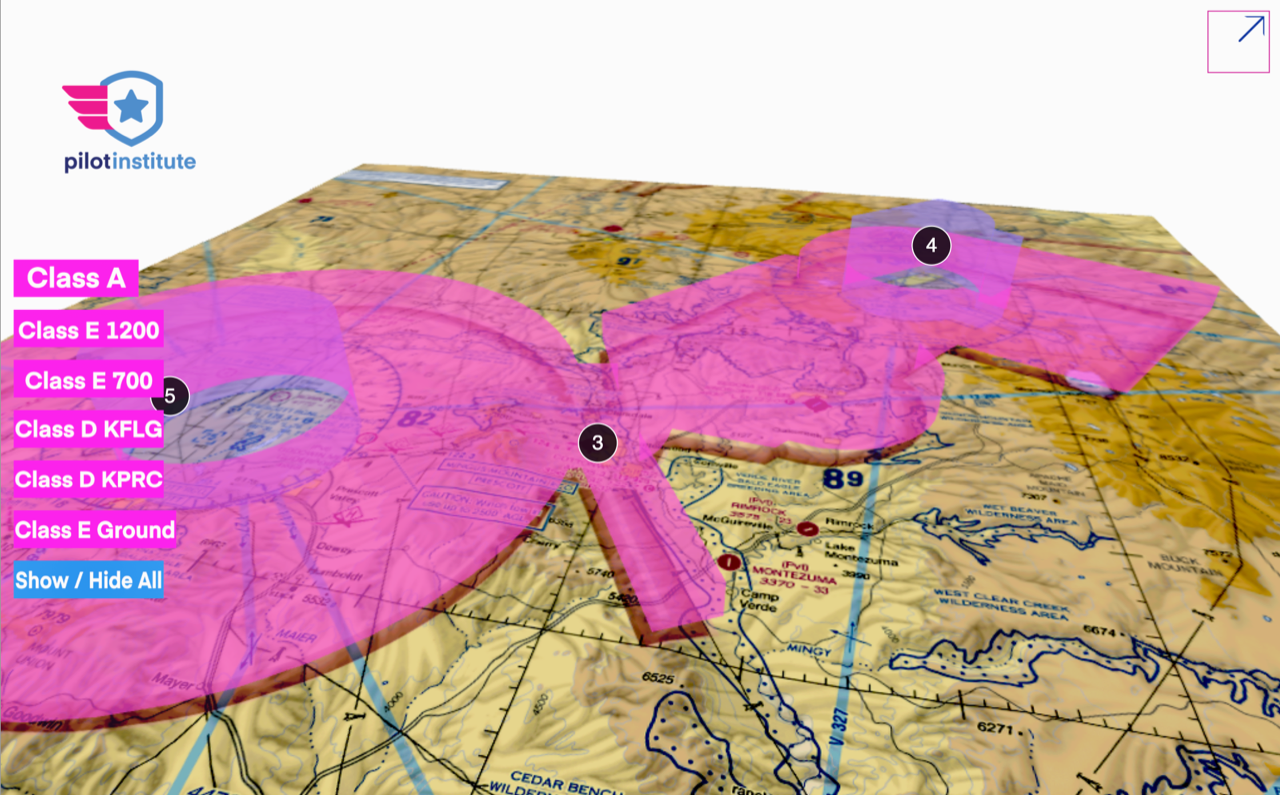
Where do you see the drone industry going in the next few years?
Every day, we see new industries using drones. Inspections, video/photography, sensing dangerous gas, helping first responders after a hurricane or earthquake, inspecting underground tunnels, delivering AEDs to a person in need, helping search and rescue personnel locate a young or elderly person lost in the forest or the snow—the possibilities are endless. The FAA will continue to change the regulations as they learn more about drones and as they try to integrate them in the airspace. More and more flights will take place above our heads, including larger drones that will carry passengers from point A to point B in urban environments, or carry someone to the hospital in crowded environments where time is of the essence. What an exciting time!
Any stories from the drone world you wish to share?
I always love to see how drones are used for good around the world. We often hear stories from our students who were able to change their careers, get out of depression, or find a new outlet after an accident that left them impaired. Our team tries to go out and fly as often as we can, and we always end up in a discussion with some passerby who wants to know more about what we are doing. Every day is extremely rewarding.
Can you share the direction and typical subject matter of your podcast? Where can interested parties listen in?
The PIXL Drone Show streams every Tuesday. We invite industry professionals to discuss how they use drones in their space. We often bring on CEOs and other decision makers to help our listeners better understand where the industry is heading. The show is available on YouTube and all podcast platforms. We also publish a weekly news update every Friday where we discuss all the new and exciting things happening in the drone world. This is available on our YouTube channel. All other information is available on our website.
MORE INFO

